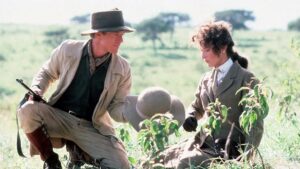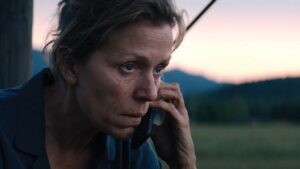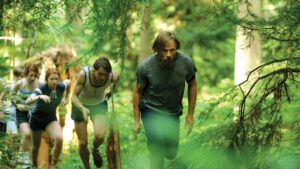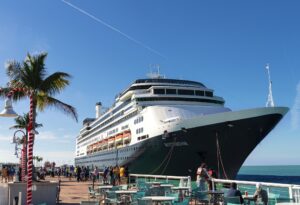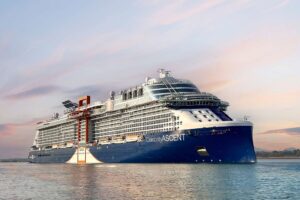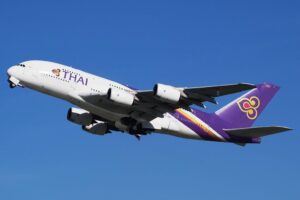Why are Victoria Falls a Natural Wonder of the World?
1st July 2021
6 min. read
3087
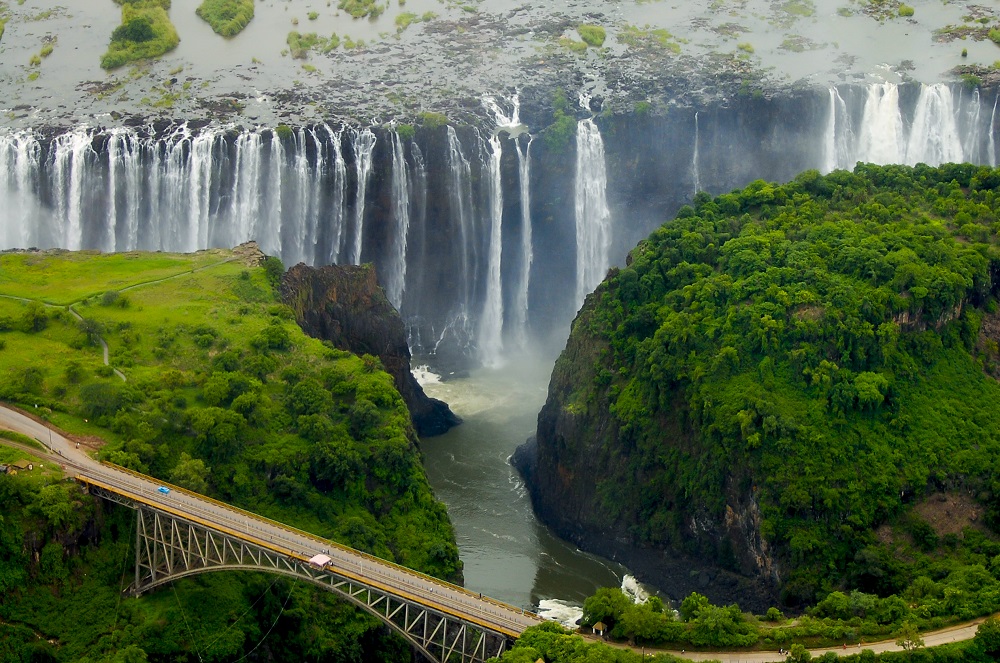
Waterfalls seem to capture and hold our attention in a way that other geographical features don’t. It’s probably something to do with our innate dependence on water or something but, for whatever reason, waterfalls captivate us.
The world’s largest waterfall, Victoria Falls, is truly an incredible sight to behold. Located along the Zambia and Zimbabwe border, in Southern Africa, Victoria Falls span a 1,700-metre section of the mighty Zambezi river. It’s a demonstration of the raw power and relentless, inevitability of nature.
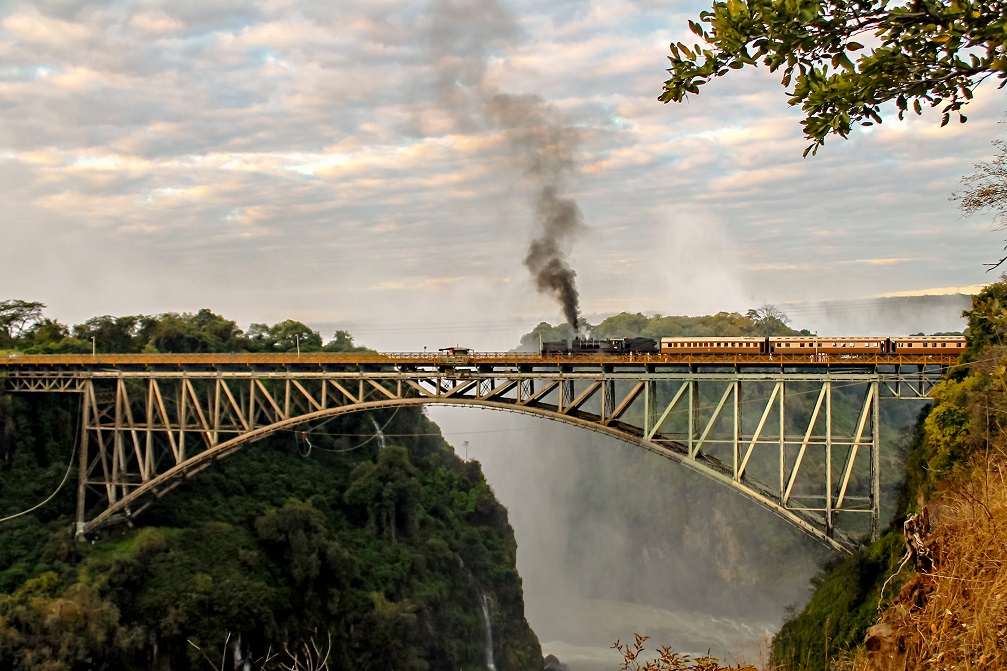
A holiday to Victoria Falls is an experience that sticks with you for a very long time. The sheer size of Africa baffles; then there’s the scale of the precipice, the high plumes of vapour and the constant, thundering roar of the water. Standing close to the falls activates multiple senses simultaneously leaving you feeling exhilarated but, inconsequential in the face of nature.
The Discovery and Naming of Victoria Falls
In 1855 a certain Scottish missionary and explorer, David Livingstone, became the first European to lay eyes on Victoria Falls.
Livingstone’s mission across Africa’s interior brought him into contact with various tribes and African peoples. During his initial ‘discovery’ of the falls, Livingstone was accompanied by members of the Makololo tribe.
As they neared the viewing point in their hand-carved canoes the Makololo chief informed Livingstone of the indigenous name for the waterfall; ‘Mosi-oa-Tunya’ or ‘smoke that thunders. Livingstone went for a more regal but boring name, Victoria Falls, after Great Britain’s Queen Victoria.
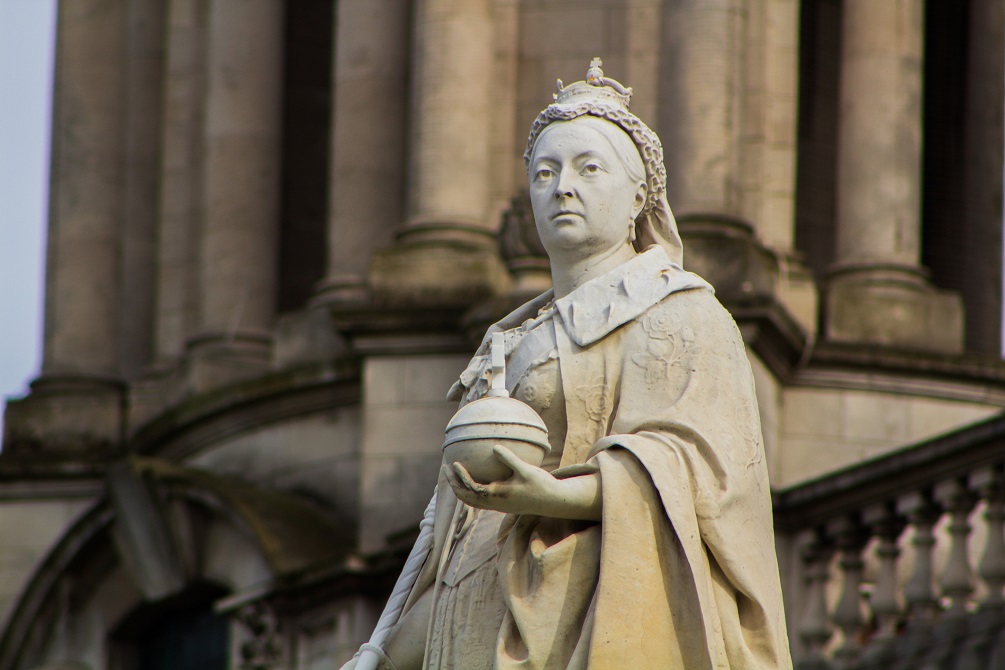
Why Victoria Falls is a Natural Wonder of The World?
When it comes to natural wonders, size matters. Think of the other natural wonders of the world; Mount Everest, Paricutin Volcano, the Aurora Borealis, Rio de Janeiro Harbour, the Great Barrier Reef and the Grand Canyon. One characteristic all of the natural wonders of the world share is visibility – they stand out against the surrounding environment.
Victoria Falls dominate the landscape. The waterfall is the longest curtain of free-falling water in the world.
The great columns of vapour that rise into the sky above the falls can be seen from over 50 kilometres away. On a calm day, the low rumble of Victoria Falls is audible from around 40 kilometres away.
It’s the high flow rate that causes the noise. Every second 950 cubic metres, about 8.3 million litres, falls over the precipice. At the waterfalls highest point the water cascades downwards for 108 metres.
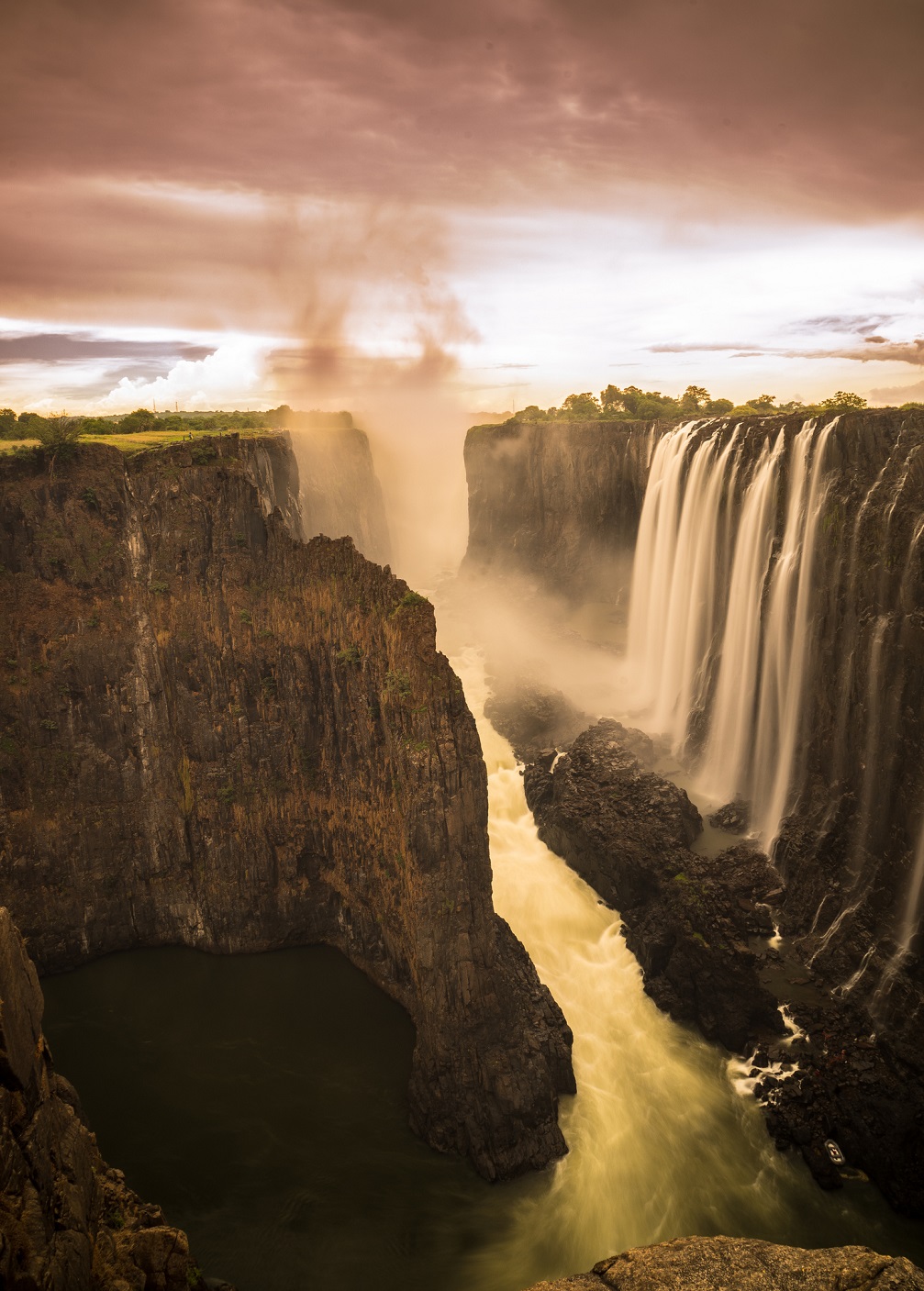
Another thing to keep in mind about Victoria Falls is that the waters don’t drop into an open basin. Instead, the raging waters drop into a large chasm. Over the course of millennia, the Zambezi River carved its own path carving channels and gorges in the rock. It’s this unusual watercourse that makes Victoria Falls so visually arresting.
Visiting the Victoria Falls on Holiday
The Victoria Falls were designated a UNESCO World Heritage Site 1989 and the site is jointly managed by Zambia and Zimbabwe.
There’s a huge variety of tour packages out there to help you get the most of your Victoria Falls trip. If you want to get close to the falls, feel the spray and see the water from multiple angles you need to get on the Zambezi river. A cruise or short boat tour along the Zambezi is also a great way to get a closer look at some of the wildlife that thrives around Victoria Falls.
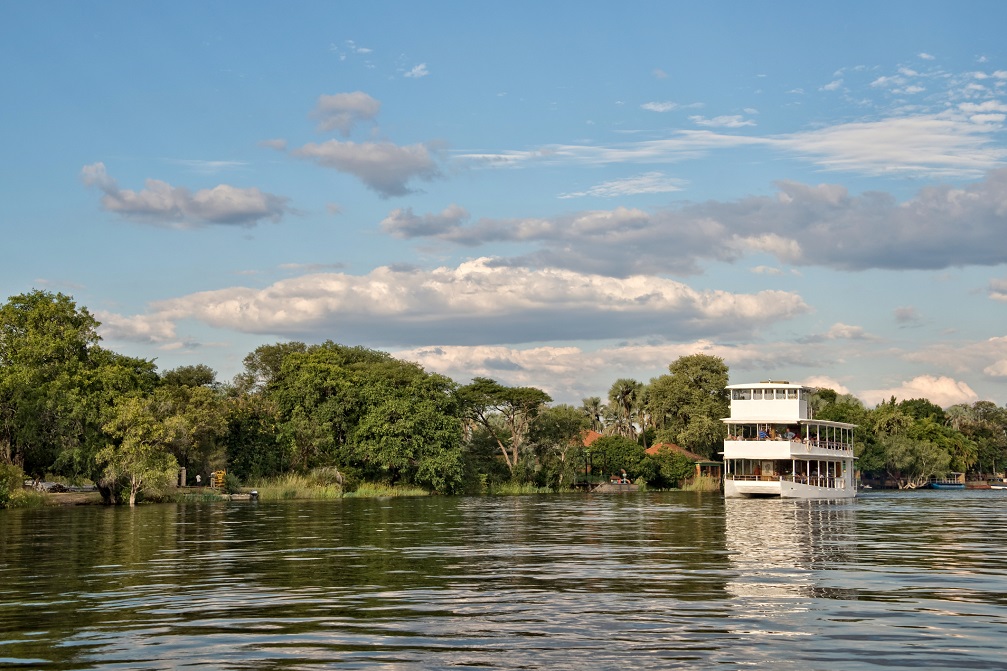
National Parks border the falls on both sides and give good access to viewing platforms. On the Zimbabwean side, the Victoria Falls National Park encompasses areas of rainforest and, in Zambia the Mosi-oa-Tunya National Park hippopotamuses can be spotted in-and-around the falls.
Both national parks are teeming with animal life though. Visitors report seeing warthog, deer and different types of monkeys. There are also facilities for serious birdwatchers or those interested in different types of nature or safari tours.
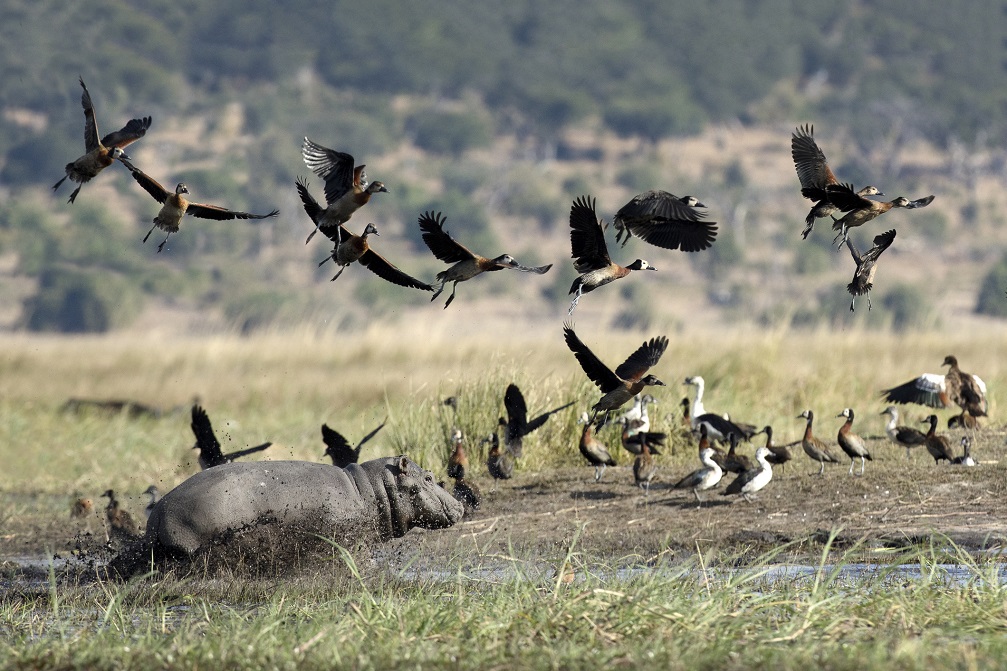
A popular activity with younger visitors to Victoria Falls is the 110-metre bungee jump & swing from the Victoria Falls bridge. It’s possible to organise rafting and canoe trips along sections of the river at some times of the year too.
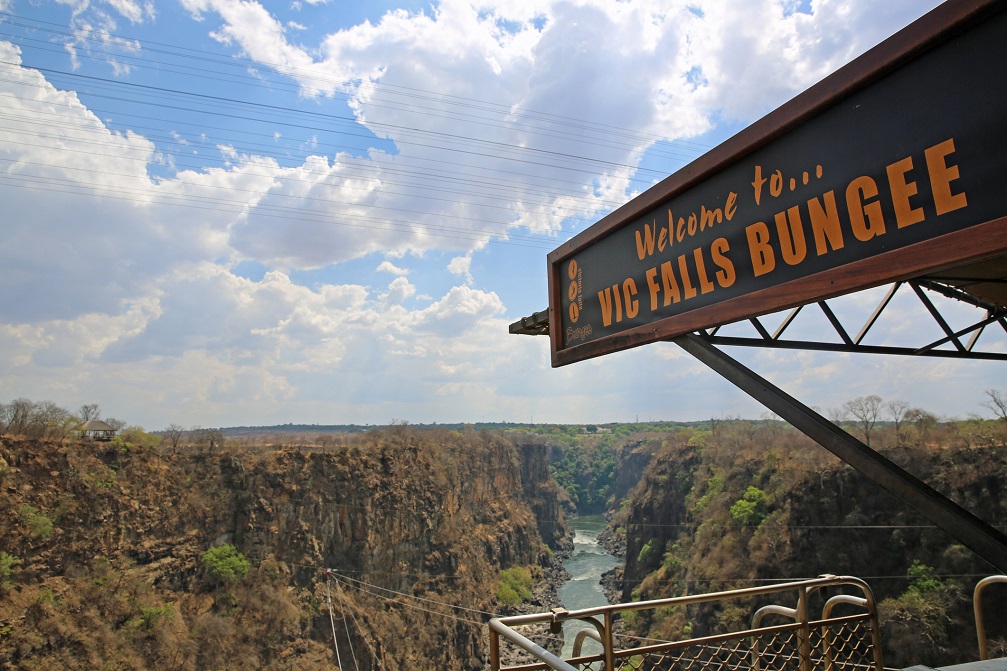
When to Visit Victoria Falls?
The rains that fall in Angola and Northern Zambia fill the Zambezi River to bursting, creating an enormous flow that produces a powerful curtain of water. An incredible, awe-inspiring thing to witness.
The rains begin to fall heavily in late February and continue through to June. It’s best to plan your trip around what you intend on doing at the falls. Some visitors claim June is the optimal time to see the falls in all their glory and others September. Keep in mind other considerations such as opportunities for wildlife activity such as elephants crossing the Zambezi River.
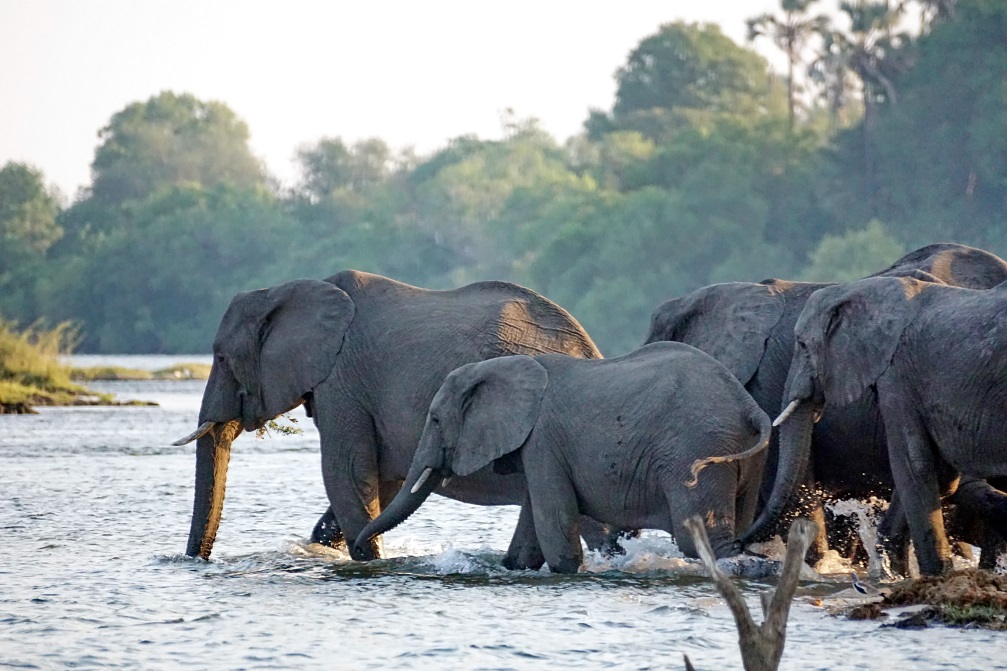
If you hope to see at least some or one of the 7 Natural Wonders of the World in your lifetime or even begin ticking things off your bucket list! -Victoria Falls is a great place to start.
This is a place to behold and feel the true power of nature. An undisputed Natural Wonder.

Loran Smallwood
Wilmslow, Lancashire
Travel Concierge Club
07311629302
loran@travelconcierge.club
Specialist Area:
Weddings and Honeymoon, Spa & Wellness, Safari, Romantic, Luxury, Diving and Snorkeling, Beaches
View ProfileRelated Articles
Related News
Related Offers
SIGN UP FOR OUR MAILING LIST
Enter your email address and receive daily or weekly updates with the latest articles, news and videos.Copyright © 2021 Experienced Travellers Ltd. Experienced Travellers Ltd is not responsible for the content of external sites. Read about our approach external linking.





